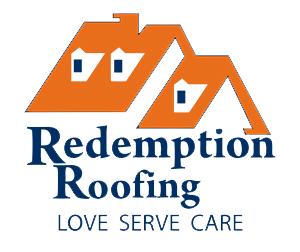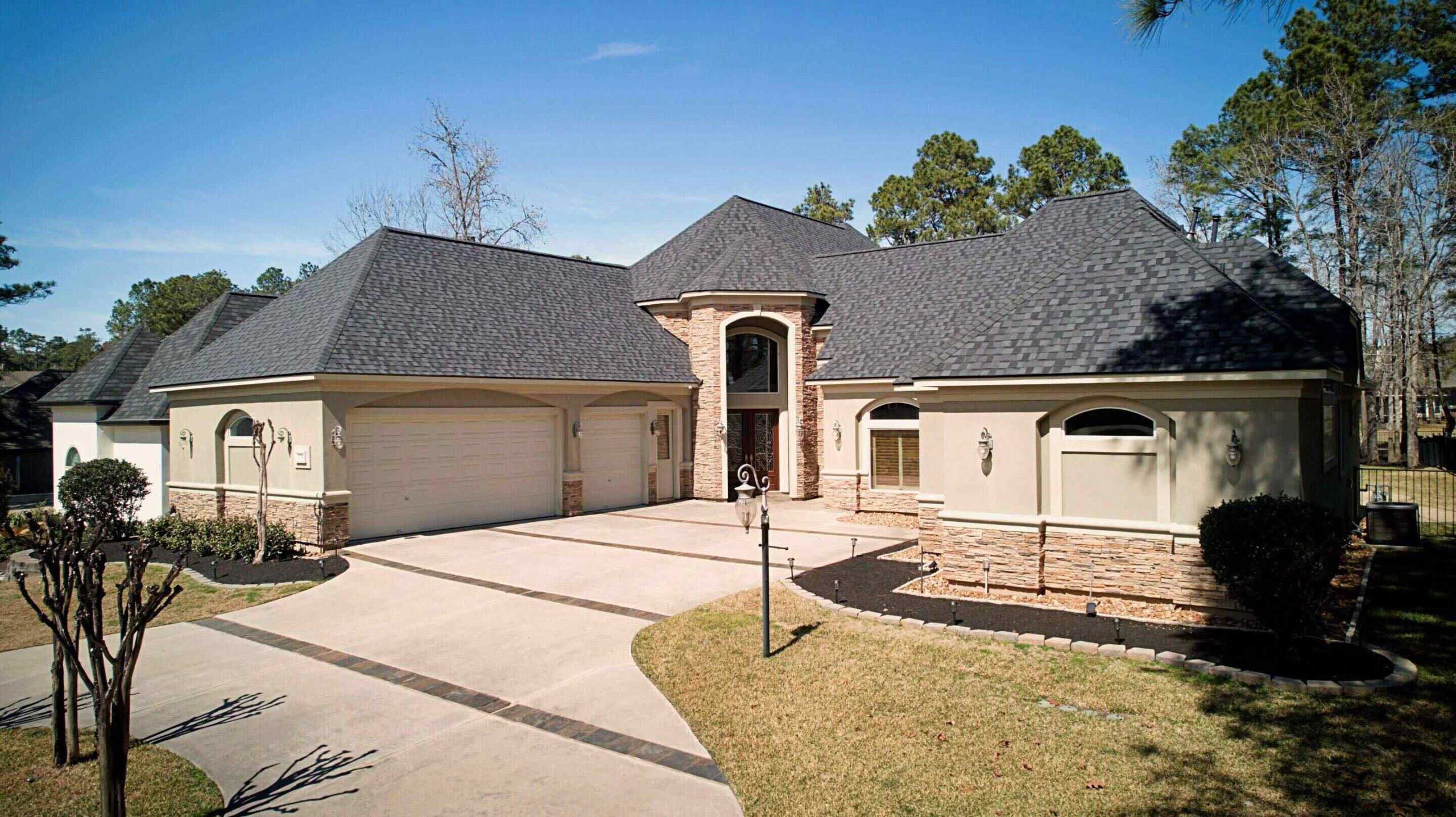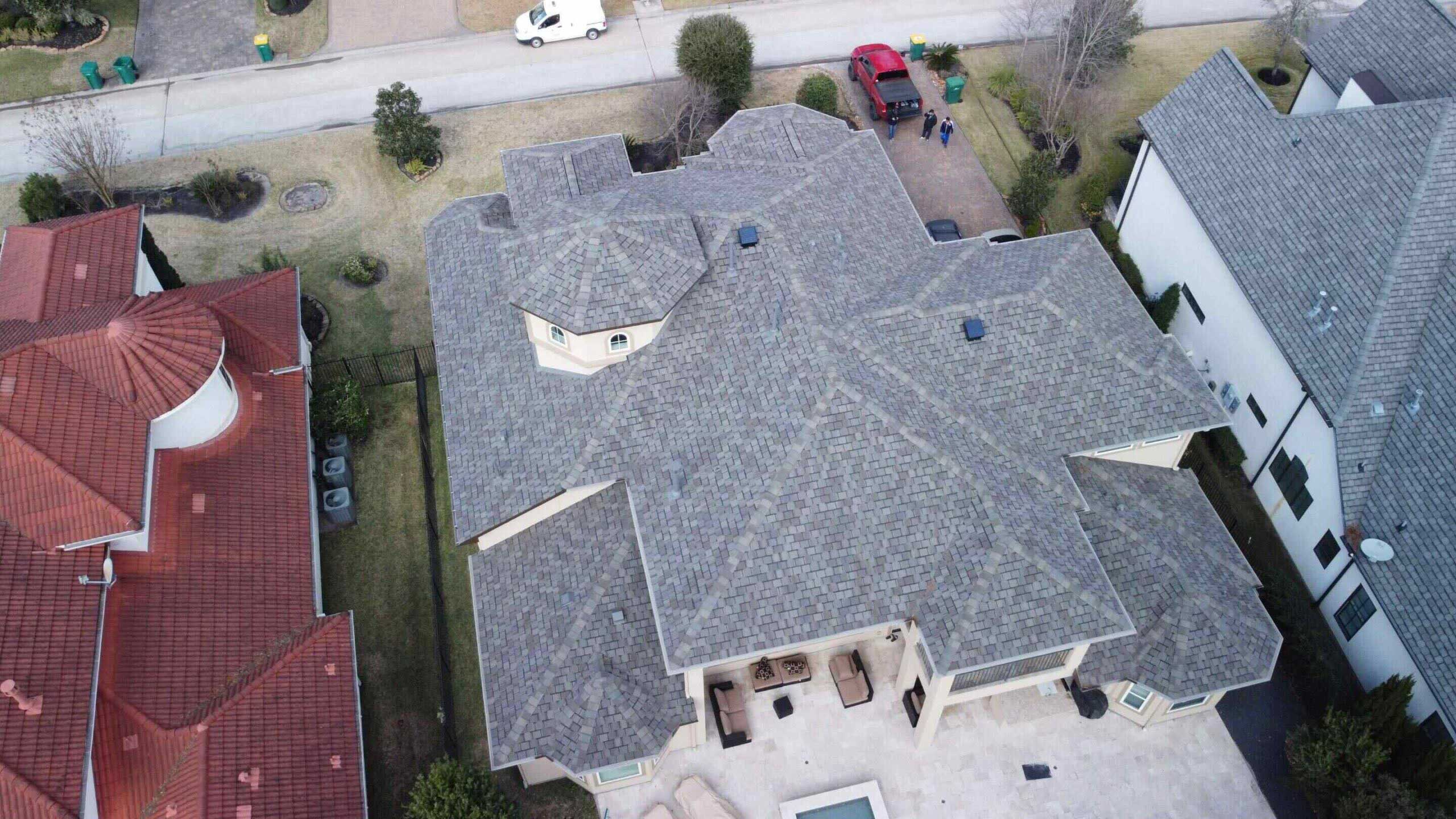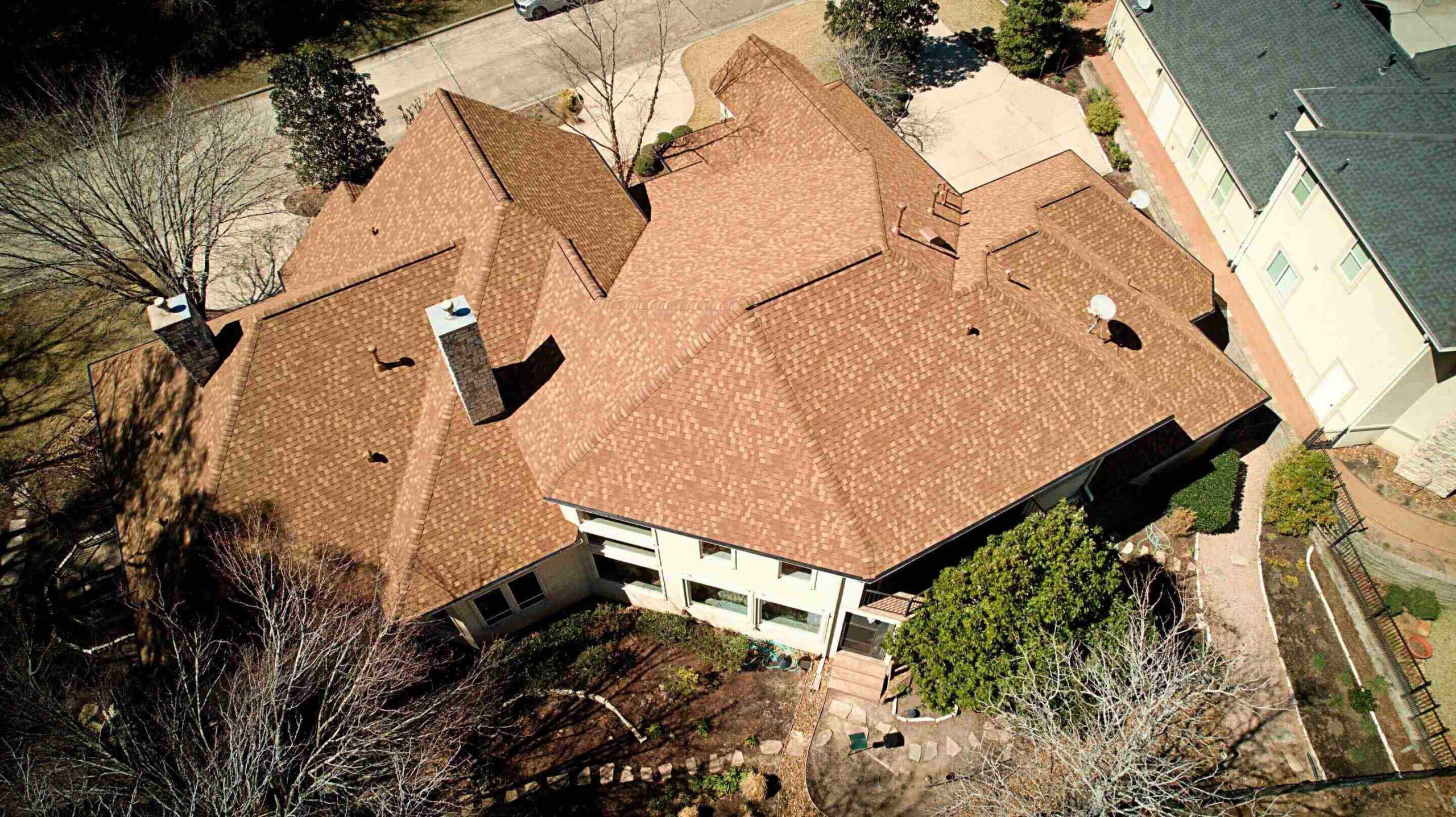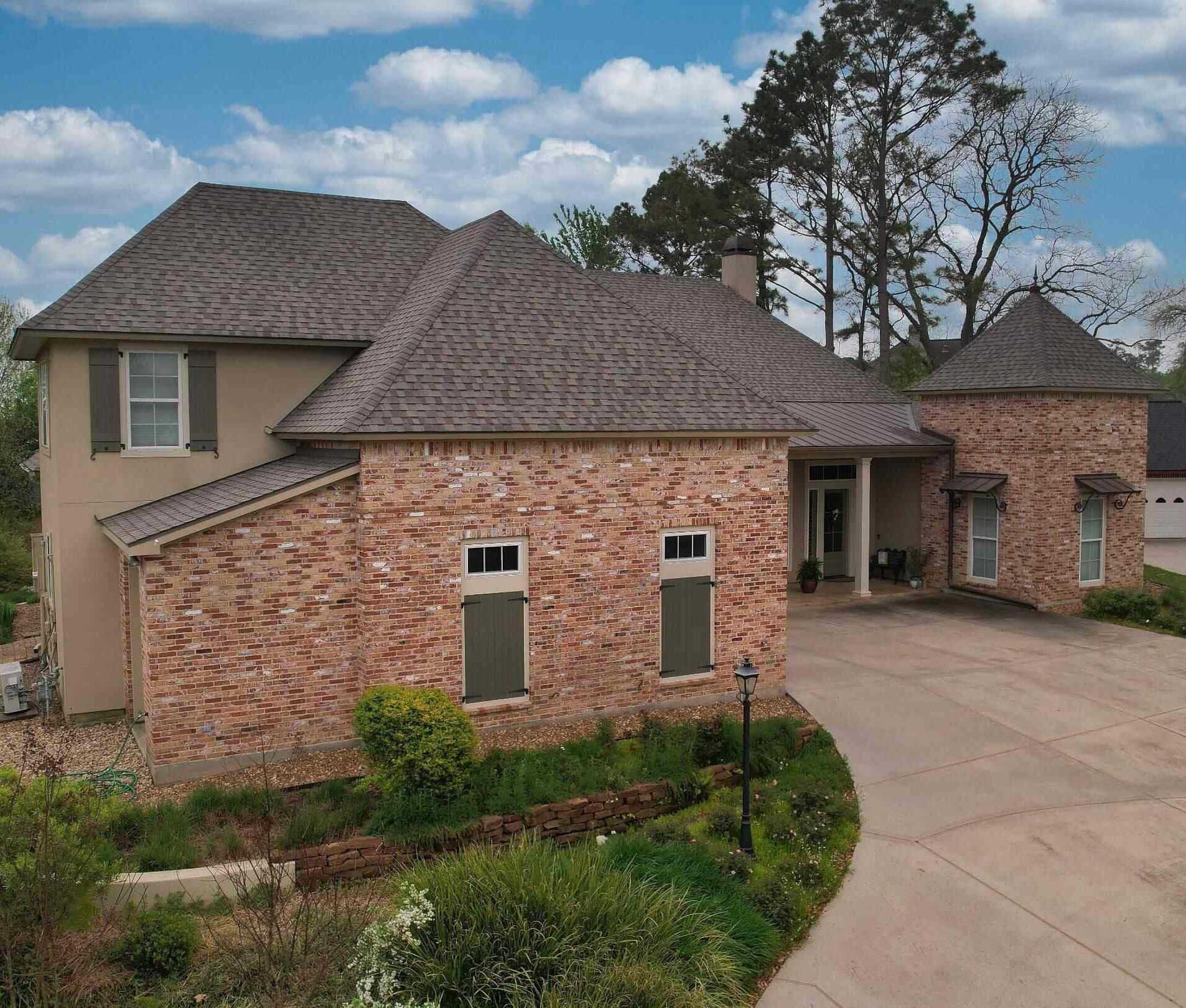ROOFING TERMS EXPLAINED
We educate our customers about roof types, roof materials, and the pros and cons of each.
At Redemption Roofing, we are very open about the products and processes we use to design and install the very best roof for your home.
Here are some terms and phrases you may hear when we discuss your roof replacement or roof repair project:
A bituminous waterproofing agent applied to roofing materials during manufacturing
A flat or low-sloped roof consisting of multiple layers of asphalt and ply sheets
To fill a joint with mastic or asphalt cement to prevent leaks
A layer of viscous asphalt applied to the base material into which granules or other surfacing is embedded
A row of shingles or roll roofing running the length of the roof
The surface installed over the supporting framing members to which a roofing material is applied
A framed window unit projecting through the sloping plane of a roof
A pipe for draining water from roof gutters; also called a leader
A non-corrosive, non-staining material used along the eaves and rakes to allow water run-off to drip clear of underlying construction
The horizontal, lower edges of a sloped roof
Boards nailed along eaves and rakes after cutting back existing wood shingles to provide secure edges for re-roofing with asphalt shingles
Fibrous material saturated with asphalt and used as an underlayment or sheathing paper
Pieces of galvanized metal (usually aluminum or copper) used to prevent seepage of water into a building around any intersection or projection in a roof, such as vent pipes, chimneys, adjoining walls, dormers and valleys
The upper portion of a sidewall that comes to a triangular point at the ridge of a sloping roof
A type of roof containing sloping planes of the same pitch on each side of the ridge, with a gable at each end
A type of roof containing two sloping planes of different pitch on each side of the ridge The lower plane has a steeper slope than the upper Contains a gable at each end
Ceramic-coated colored crushed rock that is applied to the exposed surface of asphalt roofing products
The trough that channels water from the eaves to the downspouts
A type of roof containing sloping planes of the same pitch on each of four sides
Shingles used to cover the inclined external angle formed by the intersection of two sloping roof planes
Condition formed at the lower roof edge by the thawing and re-freezing of melted snow on the overhang This can force water up and under shingles, resulting in leaks
Individual shingles that mechanically fasten to each other to provide wind resistance
Strip shingles containing more than one layer of tabs to create extra thickness Also called three-dimensional shingles or architectural shingles
To cover the surface of one shingles or roll with another
An asphalt-based cement used to adhere overlapping plies of roll roofing
A type of roof containing two sloping planes of different pitch on each of four sides The lower plane has a much steeper pitch than the upper, often approaching vertical Contains no gables
Asphalt shingles and roll roofing that are covered with granules
Shingles consisting of a single, solid tab with no cutouts
That portion of the roof structure that extends beyond the exterior walls of a building
The degree of roof incline expressed as the ratio of the rise, in feet, to the span, in feet
The number of layers of roofing, ie one-ply, two-ply
The supporting framing member immediately beneath the deck, sloping from the ridge to the wall plate
The inclined edge of a sloped roof over a wall
The uppermost, horizontal external angle formed by the intersection of two sloping roof planes
Specially formed shingles used to cover the horizontal external angle formed by the intersection of two sloping roof planes
The vertical distance from the eaves line to the ridge
Asphalt roofing products manufactured in roll form
The horizontal distance from the eaves to a point directly under the ridge One half the span
Shingles containing factory-applied strips or spots of self-sealing adhesive
light differences in shingle color that may occur as a result of normal manufacturing operations
Exterior grade boards used as a roof deck material
A roof containing only one sloping plane Has no hips, ridges, valleys or gables
The degree of roof incline expressed as the ratio of the rise, in inches, to the run, in feet
The finished underside of the eaves
A vent pipe that penetrates the roof
The horizontal distance from eaves to eaves
A unit of roof measure covering 100 square feet A roof with a field area of 2,500 square feet would be called a 25-square roof
Asphalt roofing applied at the eaves that provide protection by filling in the spaces under the cutouts and joints of the first course of shingles
The exposed portion of strip shingles defined by cutouts
Shingles that do not contain factory-applied strips or spots of self-sealing adhesive
Asphalt saturated felt used beneath roofing to provide additional protection for the deck
The internal angle formed by the intersection of two sloping roof planes
Any outlet for air that protrudes through the roof deck such as a pipe or stack Any device installed on the roof, gable or soffit for the purpose of ventilating the underside of the roof deck
